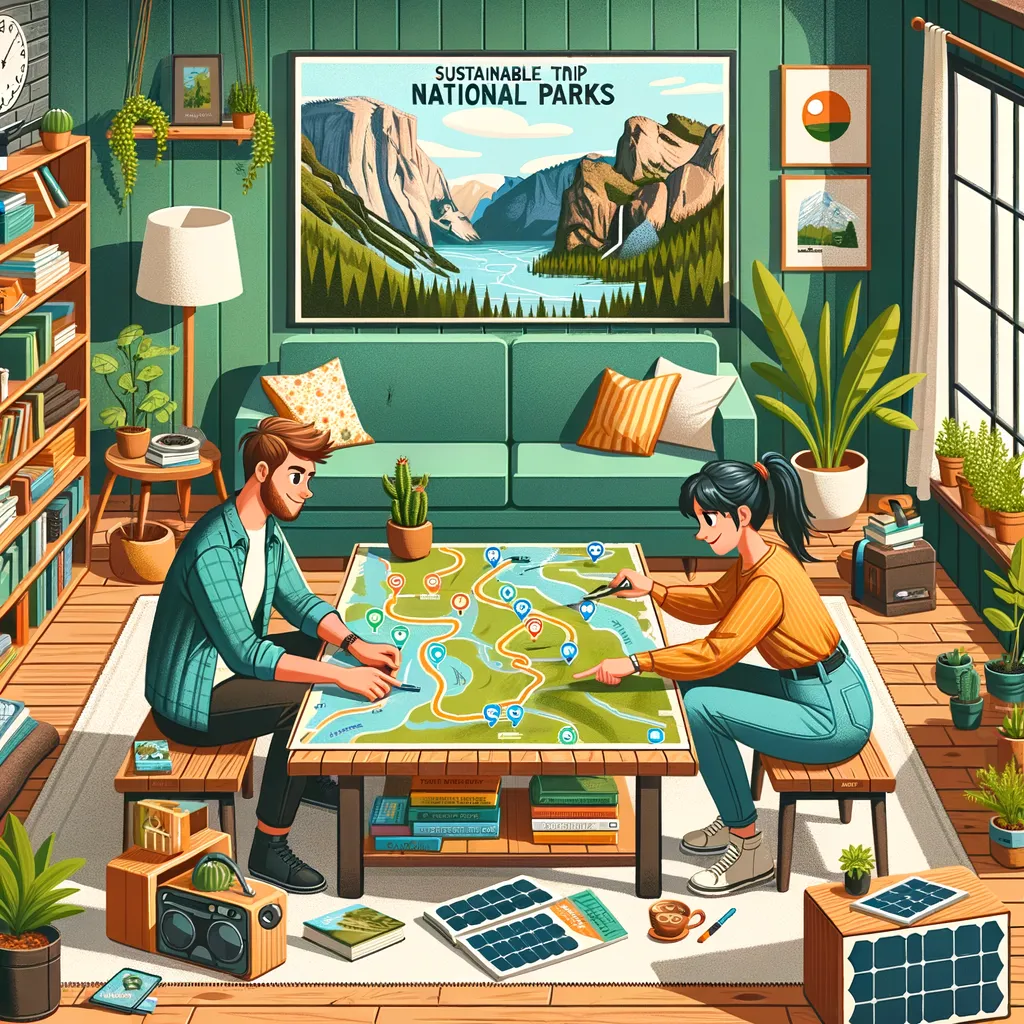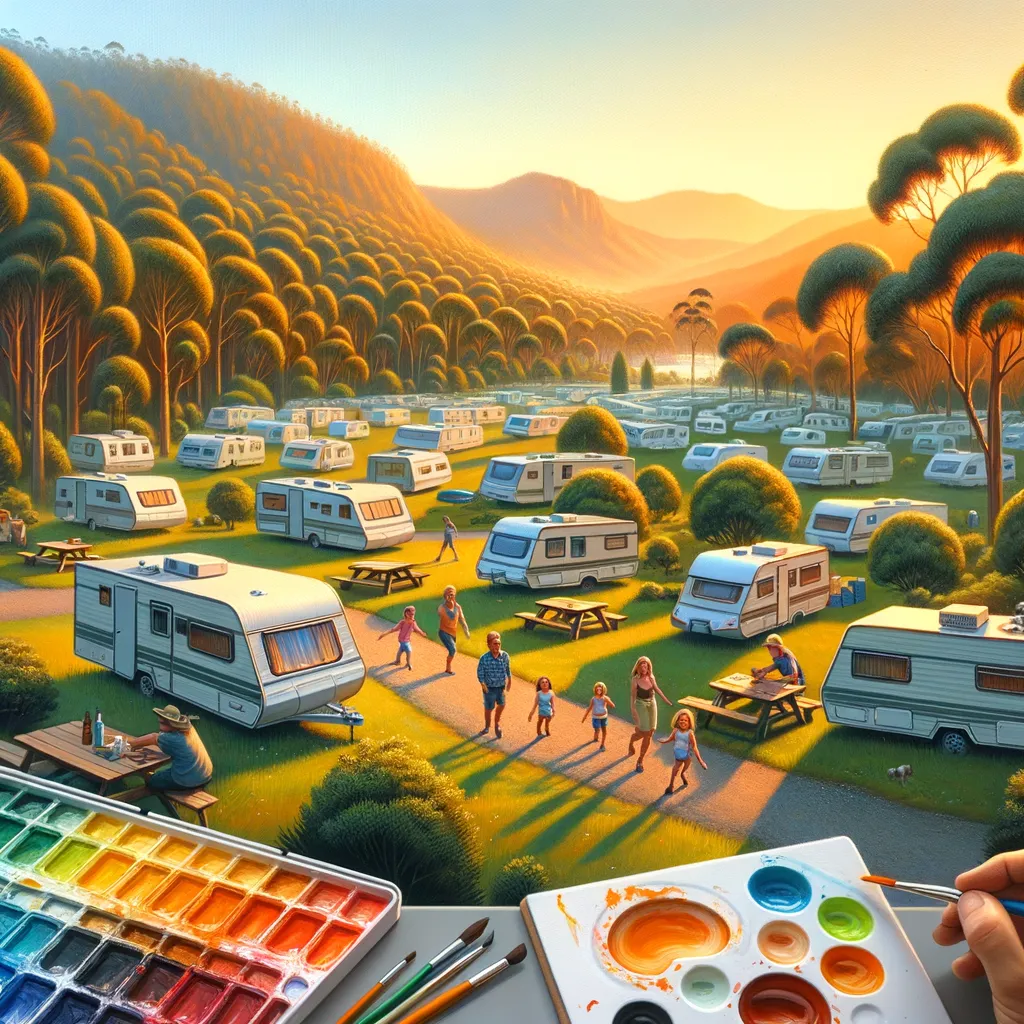Exploring the Majestic Beauty: A Journey Through the History of National Parks Around the World
Embark on a fascinating journey through time as we explore the rich history of national parks across the globe. National parks are not only treasures of natural beauty but also guardians of our planet’s precious biodiversity. Let’s delve into how these sanctuaries came to be, highlighting their significance in conservation and recreation—a true testament to our commitment to preserving the world’s natural wonders for generations to come.
Introduction to the Concept of National Parks
The idea of setting aside natural areas for protection and public enjoyment is a concept that has evolved over centuries. National parks are often thought of as “America’s best idea”, but the roots of conserving natural spaces can be traced back to different cultures and civilizations throughout history. In this guide, we’ll take a closer look at how the concept of national parks has developed over the years, marking the beginning of a global movement towards conservation and appreciation of the earth’s stunning natural landscapes.
The Genesis of National Parks: Early Initiatives
Long before the establishment of the first national park, indigenous peoples around the world revered natural sites and protected these areas due to their cultural, spiritual, and resource-significance. The formal concept of a national park, however, began to take shape in the 19th century. It was during this time that people started recognizing the need to preserve these pristine spaces from the advancing threats of industrialization and development. Yellowstone National Park, established in 1872 in the United States, is widely celebrated as the world’s first national park. This groundbreaking step not only protected its vast landscapes and diverse wildlife but also set a precedent for future conservation efforts worldwide.
Global Spread of the National Park Idea
Following the establishment of Yellowstone, the idea of protecting natural areas as national parks began to catch on around the world. Canada established Banff National Park in 1885, Australia followed with the creation of Royal National Park in 1879, and New Zealand protected Tongariro National Park in 1887. Each of these parks was founded on the understanding that natural beauty was a public asset that needed protection and that people should have the right to enjoy these spaces in their natural state.
Conservation and Recreation: The Dual Purpose of National Parks
National parks serve a dual purpose: they are safeguards for biodiversity and ecosystems, and they provide spaces for people to connect with nature. Conservation efforts within these parks play a crucial role in protecting endangered species and preserving habitats from the numerous threats they face. Simultaneously, by promoting responsible tourism, national parks offer unique opportunities for outdoor recreation, education, and inspiration. This balance between conservation and recreation is central to the mission and management of national parks worldwide.
As we continue on our journey through the history of national parks around the world, we’ll explore how different countries have contributed to the global network of protected areas and how these efforts have evolved over time to meet changing conservation needs and priorities. Stay tuned as we delve deeper into the stories behind some of the world’s most iconic national parks, celebrating their natural beauty and the visionary efforts to protect these landscapes for future generations.
Understanding the past is crucial to appreciating the value of national parks and the ongoing efforts required to protect these precious resources. As we explore further, we’ll uncover the challenges and triumphs in the evolution of national parks and how they continue to inspire and awe both conservationists and nature lovers alike.
Embarking on a Majestic Quest: Unveiling The History of National Parks for Families Around the World
Welcome, adventurous families! Prepare to embark on an extraordinary odyssey through the enchanting history of national parks around our beautiful planet. These natural sanctuaries are not just areas of breathtaking beauty but also vital for preserving the biodiversity that sustains our world. This guide is your family-friendly compass to understanding how these natural wonders came to be and why they are essential for both conservation and recreation. Together, let’s journey through time and marvel at the establishment and evolution of national parks across the globe—a celebration of humanity’s dedication to safeguarding nature’s splendors for our children and beyond.
A Family’s Introduction to National Parks
Imagine vast landscapes of untouched beauty, where wildlife roams free, and the earth speaks the language of rivers, mountains, and forests. This is the essence of national parks—a concept born from the desire to preserve nature’s majesty not just for us but for our children and their future. The story of national parks is a tapestry woven from threads of conservation initiatives, dating back to times when indigenous communities protected these lands. Our exploration into the history of national parks is not only educational but a pathway to instilling a deep-rooted appreciation for nature in our families.
The Dawn of the National Park Era
Before the term “national park” was coined, the land’s original caretakers, indigenous peoples, had long safeguarded its sanctity. The formal inception of national parks began in the 19th century, amidst growing concerns over the impact of industrialization. In 1872, Yellowstone emerged as the beacon of this new conservation era, becoming the world’s first national park. This monumental moment in the United States sparked a global conservation movement, emphasizing the importance of protecting natural landscapes for public enjoyment and ecological preservation.
National Parks: A Global Conservation Symphony
The melody of conservation resonated across continents following Yellowstone’s establishment. Countries around the world began establishing their own national parks, each contributing a unique verse to this global conservation symphony. From the rugged beauty of Canada’s Banff National Park established in 1885 to the lush greenery of Australia’s Royal National Park in 1879, and the dramatic landscapes of New Zealand’s Tongariro National Park in 1887, the movement highlighted a collective realization: natural beauty is a precious public treasure deserving of protection.
The Heart of National Parks: Conservation Meets Recreation
At their core, national parks serve a dual mission: they are arks of biodiversity, protecting wildlife and their habitats, and they are havens for families to connect with nature. Through conservation actions, these parks play a critical role in safeguarding species and ecosystems. Meanwhile, they invite families to explore, learn, and be inspired, offering a playground for adventure and a classroom without walls. This harmonious balance of conservation and recreation underlines the significance of national parks as spaces where nature and humanity can thrive together.
Five Things Every Parent Should Know When Preparing for “The History of National Parks Around the World”
- Embrace Outdoor Learning: National parks offer unparalleled opportunities for environmental education and outdoor learning experiences. Prepare your family for an immersive journey that combines fun with education.
- Conservation Begins with Understanding: Teach your children about the significance of national parks in preserving biodiversity. Knowing the history and the purpose of these parks can foster a lifelong commitment to conservation.
- Responsible Tourism: Instill principles of responsible tourism in your family. Teach them the importance of leaving no trace, respecting wildlife, and adhering to park guidelines to ensure these treasures remain unspoiled for future generations.
- Prepare for Adventure: Equip your family with the right gear and knowledge. Depending on the park, this might include maps, water, appropriate clothing, and a first aid kit. Preparation is key to enjoying the parks safely and comfortably.
- Join a Ranger Program: Many national parks offer ranger-led programs, providing families with enriching experiences and insights into the park’s history, wildlife, and conservation efforts. This can deepen your family’s connection with nature and enhance your visit.
As we uncover the milestones in the history of national parks around the world, we are reminded of their intrinsic value not only in conserving the majesty of nature but also in offering spaces for families to bond, learn, and create lasting memories. The legacy of national parks is a gift of preserved natural beauty and biodiversity, entrusted to us to cherish and protect. Let us ensure that this legacy continues
Find more tips on the Outoors. Find camping spots
Disclaimer
The articles available via our website provide general information only and we strongly urge readers to exercise caution and conduct their own thorough research and fact-checking. The information presented should not be taken as absolute truth, and, to the maximum extent permitted by law, we will not be held liable for any inaccuracies or errors in the content. It is essential for individuals to independently verify and validate the information before making any decisions or taking any actions based on the articles.



